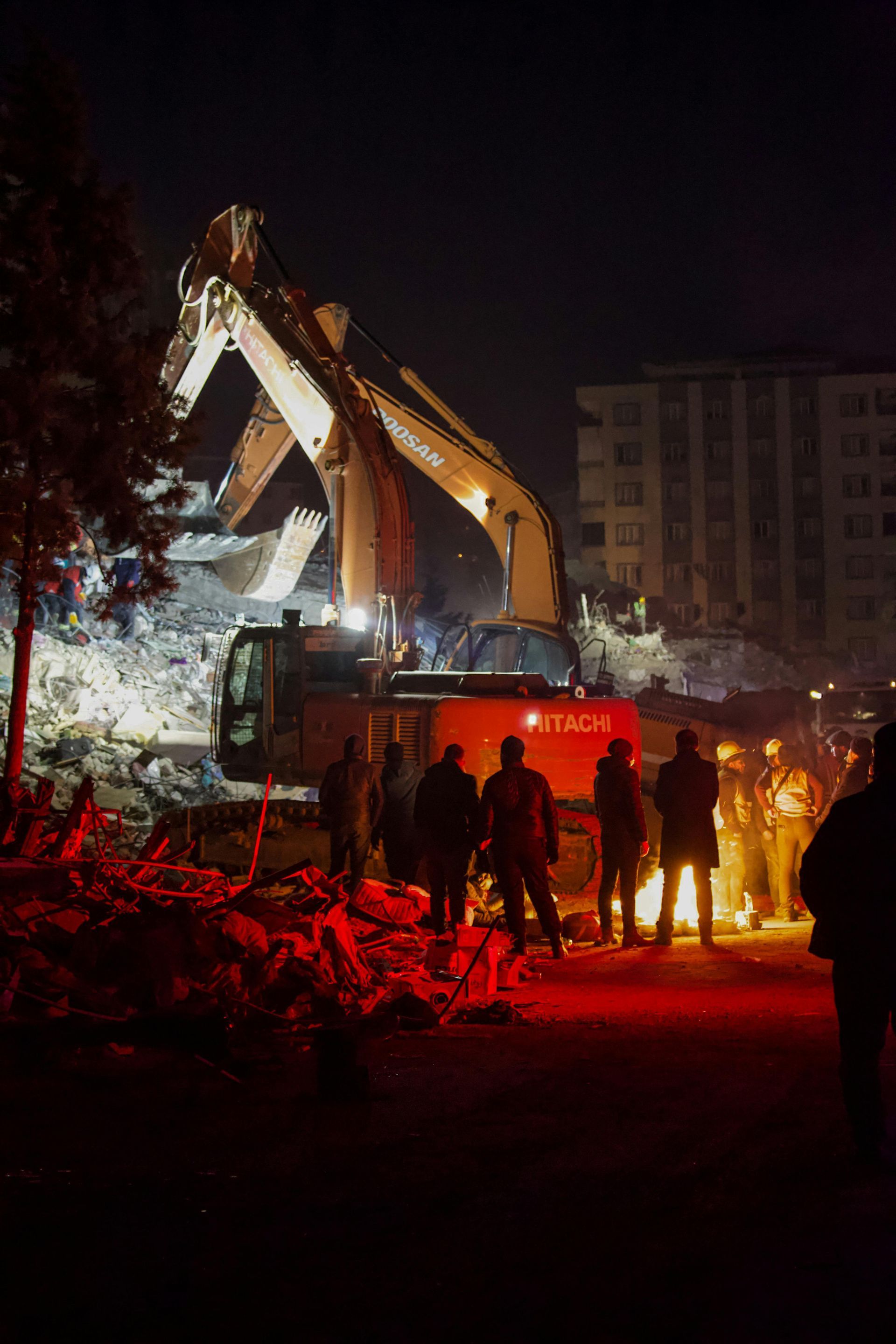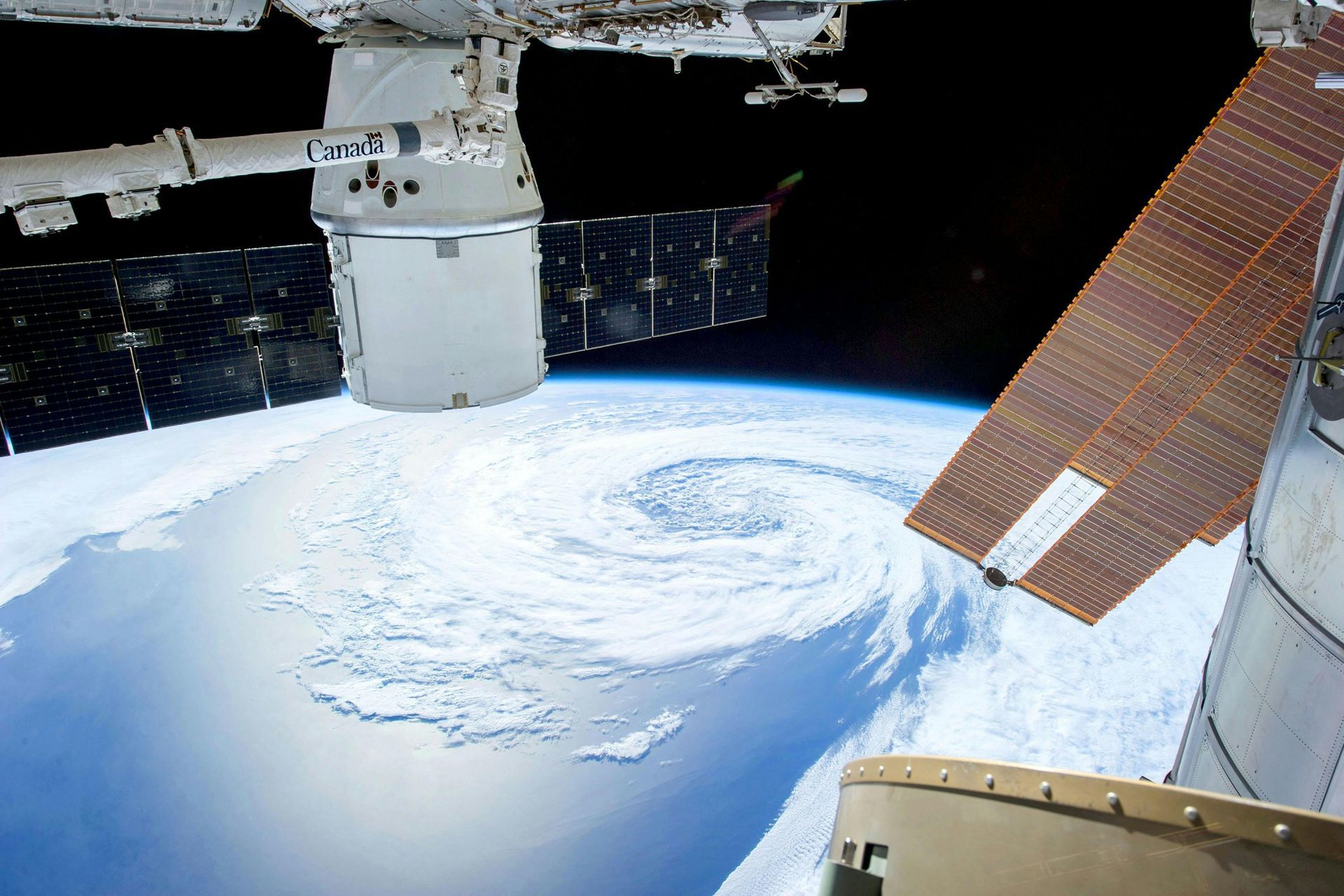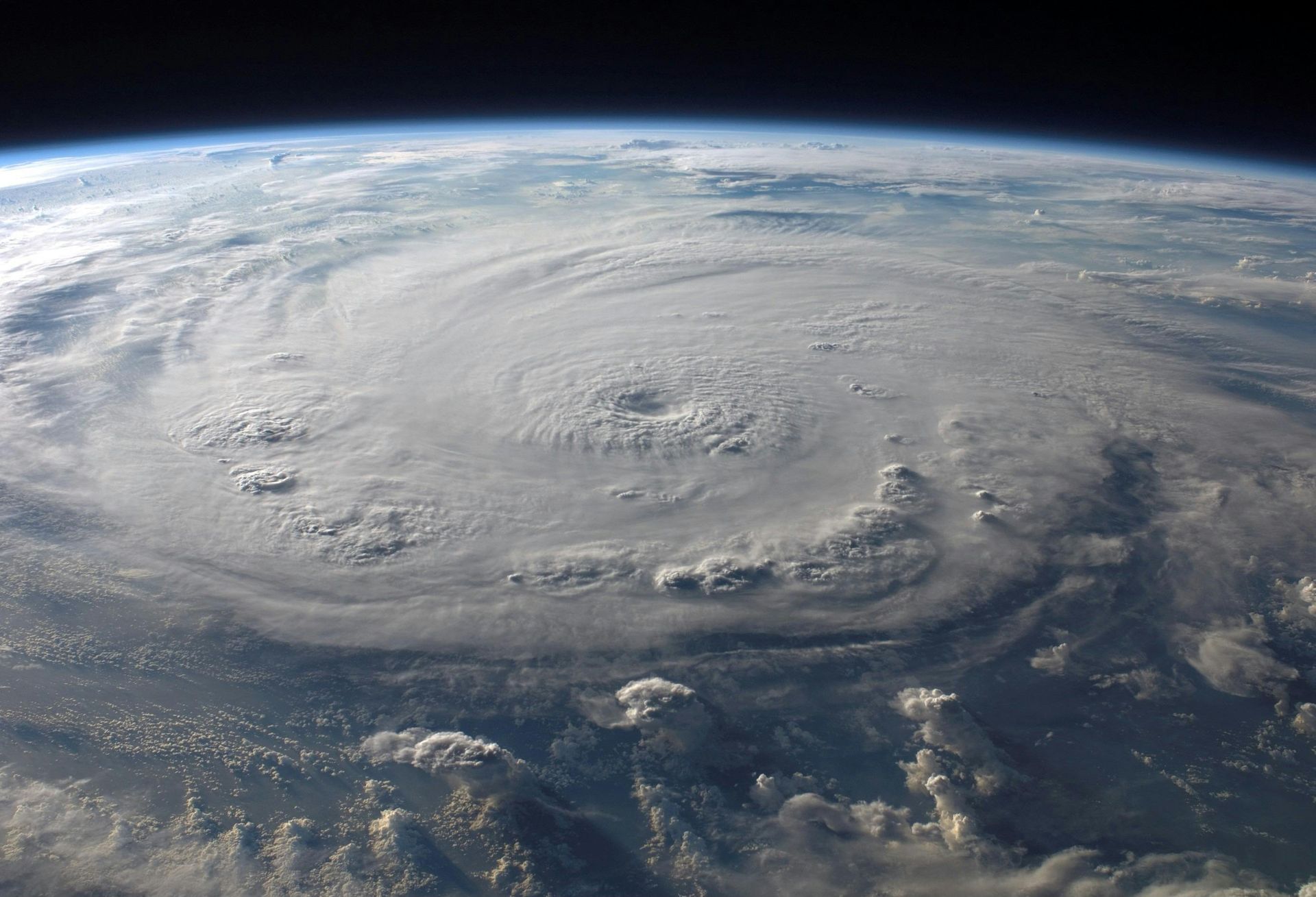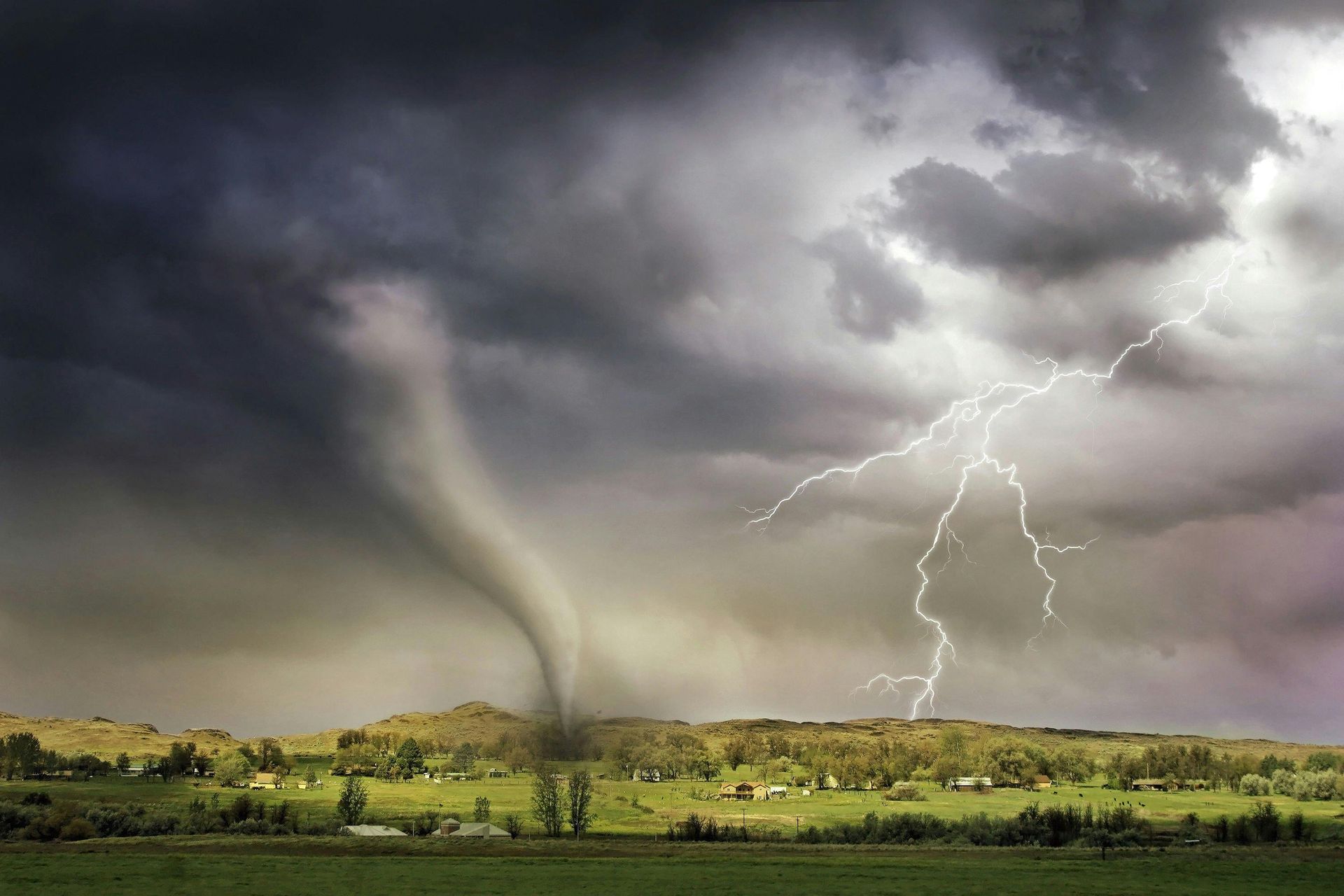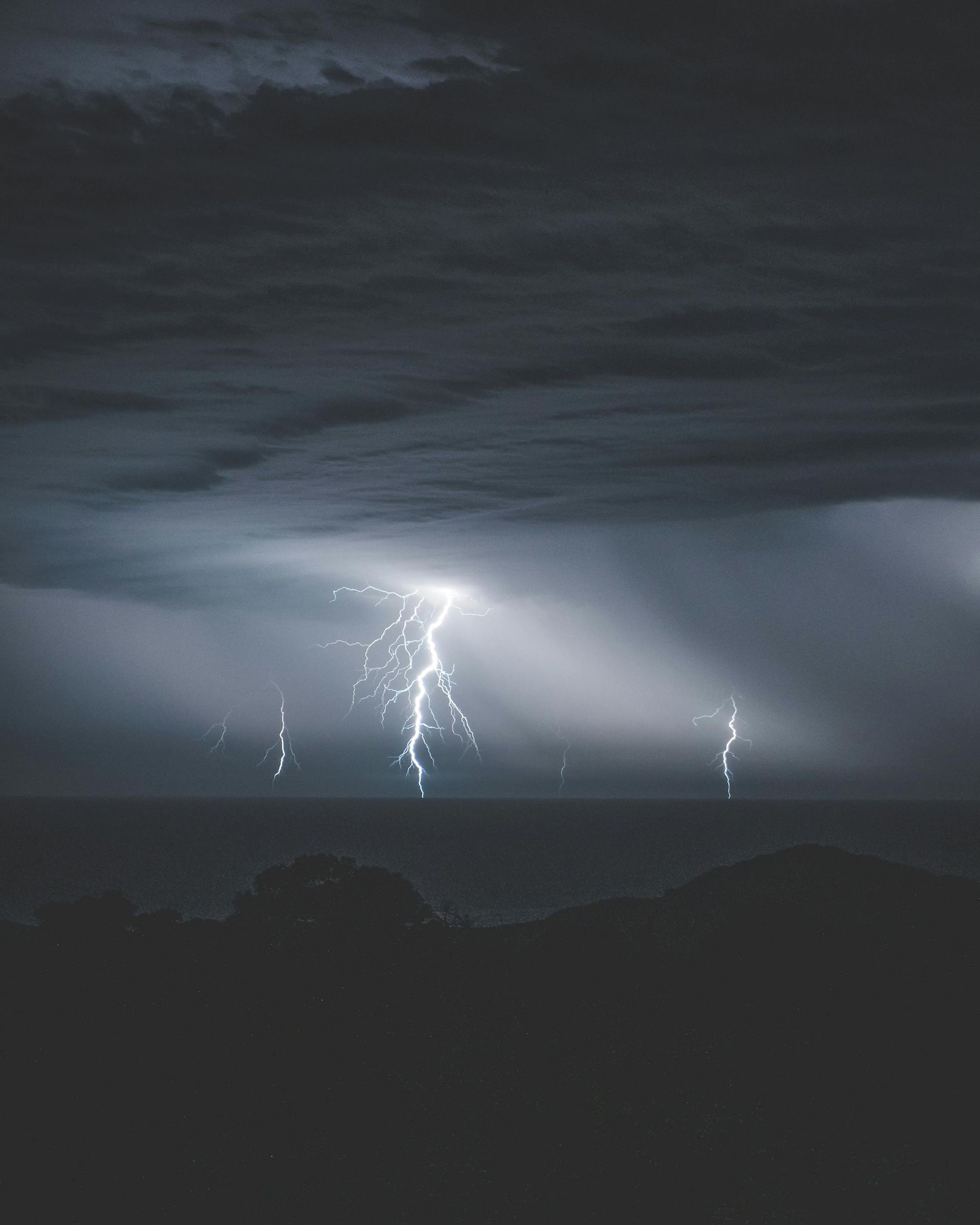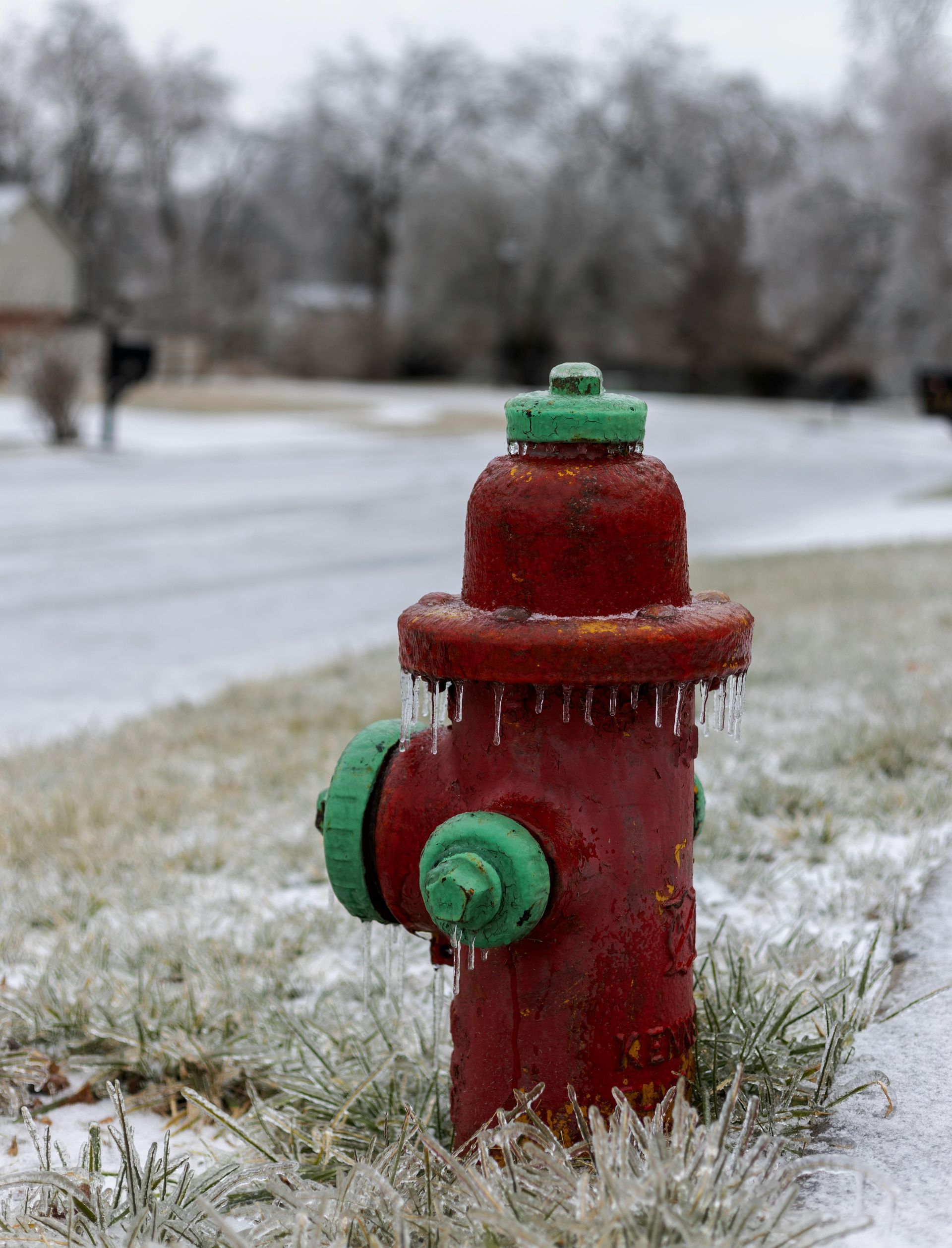The Science of Storms
Storms are among nature’s most awe-inspiring and destructive phenomena. They hold the power to reshape landscapes, devastate communities, and alter lives in moments. Hurricanes, tornadoes, and floods are three of the most prominent and impactful types of storms. Understanding the science behind these events not only deepens our appreciation of their power but also equips us to better prepare for and respond to them.
This blog explores the mechanics, causes, and impacts of hurricanes, tornadoes, and floods, along with insights into how science is advancing our ability to forecast and mitigate these natural disasters.
Hurricanes: Giant Engines of Destruction
Hurricanes, also known as typhoons or cyclones in different parts of the world, are massive storm systems fueled by the energy of warm ocean waters. These storms can span hundreds of miles and last for days, making them one of the most formidable weather events on Earth.
How Hurricanes Form
Hurricanes form under specific conditions:
- Warm Ocean Water: Surface temperatures of at least 80°F provide the heat and moisture that drive these storms.
- Atmospheric Instability: A combination of warm, moist air near the surface and cooler air aloft creates rising air currents.
- Low Wind Shear: Minimal variation in wind speed and direction allows the storm to organize and strengthen.
- Rotation: The Coriolis effect, caused by Earth’s rotation, initiates the storm’s characteristic spin.
As warm air rises, it cools and condenses into clouds, releasing heat. This heat fuels the storm, creating a feedback loop that intensifies the system. Once sustained winds reach 74 mph, the storm is classified as a hurricane.
The Anatomy of a Hurricane
A hurricane consists of:
- The Eye: A calm, clear center with low pressure.
- The Eye Wall: Surrounding the eye, this area contains the storm’s strongest winds and heaviest rains.
- Rain Bands: Spiraling outward, these bands bring intense rainfall and gusty winds.
Impacts of Hurricanes
Hurricanes bring multiple threats:
- Storm Surge: A rise in sea level caused by the storm’s winds pushing water ashore, leading to catastrophic coastal flooding.
- High Winds: Capable of toppling trees, power lines, and buildings.
- Heavy Rainfall: Often causing inland flooding far from the storm’s landfall point.
Advances in satellite technology and computer modeling have improved hurricane tracking and intensity forecasts, giving communities more time to prepare.
Tornadoes: Nature’s Most Violent Storms
Tornadoes are compact, rapidly rotating columns of air extending from a thunderstorm to the ground. Despite their small size compared to hurricanes, they pack an incredible punch, with wind speeds that can exceed 300 mph.
How Tornadoes Form
Tornadoes typically form in supercell thunderstorms, which are large, rotating storm systems. Key ingredients include:
- Warm, Moist Air: Rising air fuels the thunderstorm.
- Cool, Dry Air: Interacting with the warm air, it creates instability.
- Wind Shear: Changes in wind speed and direction with height create rotation within the storm.
As the storm develops, a rotating updraft called a mesocyclone forms. Under the right conditions, this rotation tightens and extends downward, forming a tornado.
Tornado Strength: The EF Scale
The Enhanced Fujita (EF) Scale categorizes tornadoes based on wind speed and damage:
- EF0: 65-85 mph winds, light damage
- EF5: Over 200 mph winds, catastrophic damage
Tornado Impacts
Tornadoes can cause:
- Structural Damage: Flattening homes and buildings in their path.
- Flying Debris: Turning everyday objects into deadly projectiles.
- Localized Devastation: Affecting small areas with intense destruction.
Doppler radar and storm-chasing research have greatly advanced our understanding of tornado formation and behavior, improving early warning systems.
Floods: The Most Common Natural Disaster
Floods occur when water inundates land that is normally dry. They can result from heavy rainfall, storm surges, or dam failures, and they often accompany hurricanes and tornadoes.
Types of Floods
- Flash Floods: Rapid flooding caused by intense rainfall over a short period, often in urban areas with poor drainage.
- River Floods: Occur when rivers overflow their banks due to prolonged rainfall or snowmelt.
- Coastal Floods: Triggered by storm surges and high tides during hurricanes or tsunamis.
- Urban Floods: Result from overwhelmed drainage systems in cities.
The Science of Flooding
Flooding depends on factors such as:
- Rainfall Intensity: How much rain falls in a given period.
- Soil Saturation: Whether the ground can absorb more water.
- Topography: Low-lying areas are more prone to flooding.
- Human Activity: Urbanization and deforestation reduce natural water absorption, increasing flood risks.
Flood Impacts
Floods can lead to:
- Widespread Property Damage: Affecting homes, infrastructure, and agriculture.
- Health Risks: Spreading waterborne diseases and contaminants.
- Economic Losses: Disrupting businesses and requiring costly recovery efforts.
Advances in hydrology and remote sensing have improved flood prediction, allowing for better emergency planning and response.
Preparing for Storms: Harnessing Science and Technology
Modern science and technology are pivotal in storm preparedness and response. Here’s how:
Weather Forecasting
- Satellites: Provide real-time images of storm development.
- Radar Systems: Track precipitation and storm motion.
- Computer Models: Simulate storm behavior, enhancing forecast accuracy.
Early Warning Systems
- Emergency Alerts: Notify communities of impending storms.
- Flood Warning Systems: Use sensors and data models to predict rising water levels.
- Tornado Warnings: Issued based on Doppler radar signatures.
Structural Resilience
- Hurricane Straps: Strengthen roofs against high winds.
- Flood Barriers: Protect homes and infrastructure.
- Tornado Shelters: Provide safe havens during severe weather.
Climate Change and the Future of Storms
Climate change is influencing the frequency and intensity of storms. Warmer oceans fuel stronger hurricanes, while rising sea levels exacerbate storm surges and coastal flooding. Changes in atmospheric patterns may also lead to more frequent and severe tornado outbreaks.
Understanding these trends is crucial for developing adaptive strategies, such as:
- Investing in Resilient Infrastructure: Building to withstand extreme weather.
- Enhancing Forecasting Models: Incorporating climate data to improve predictions.
- Promoting Sustainable Practices: Reducing greenhouse gas emissions to mitigate climate change impacts.
Hurricanes, tornadoes, and floods are powerful reminders of nature’s force. By understanding the science behind these storms, we can better prepare for their impacts, protect lives and property, and build more resilient communities. Advances in meteorology, engineering, and emergency management continue to enhance our ability to face these challenges head-on.
At Disaster South, we’re committed to helping individuals and communities prepare for and recover from storms. Whether it’s reinforcing your home, providing emergency response, or supporting long-term recovery, we’re here to guide you every step of the way.
Need help preparing for or recovering from a storm? Contact Disaster South today for expert guidance and comprehensive services. Together, we can weather the storm and build a safer future.

